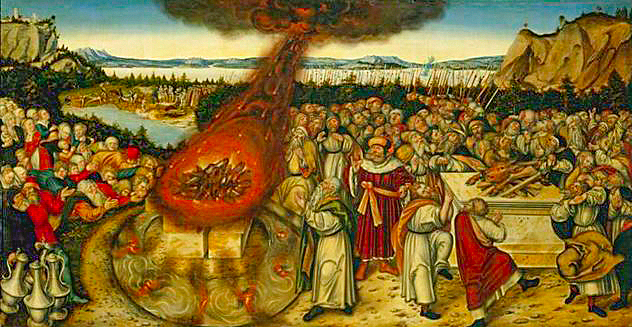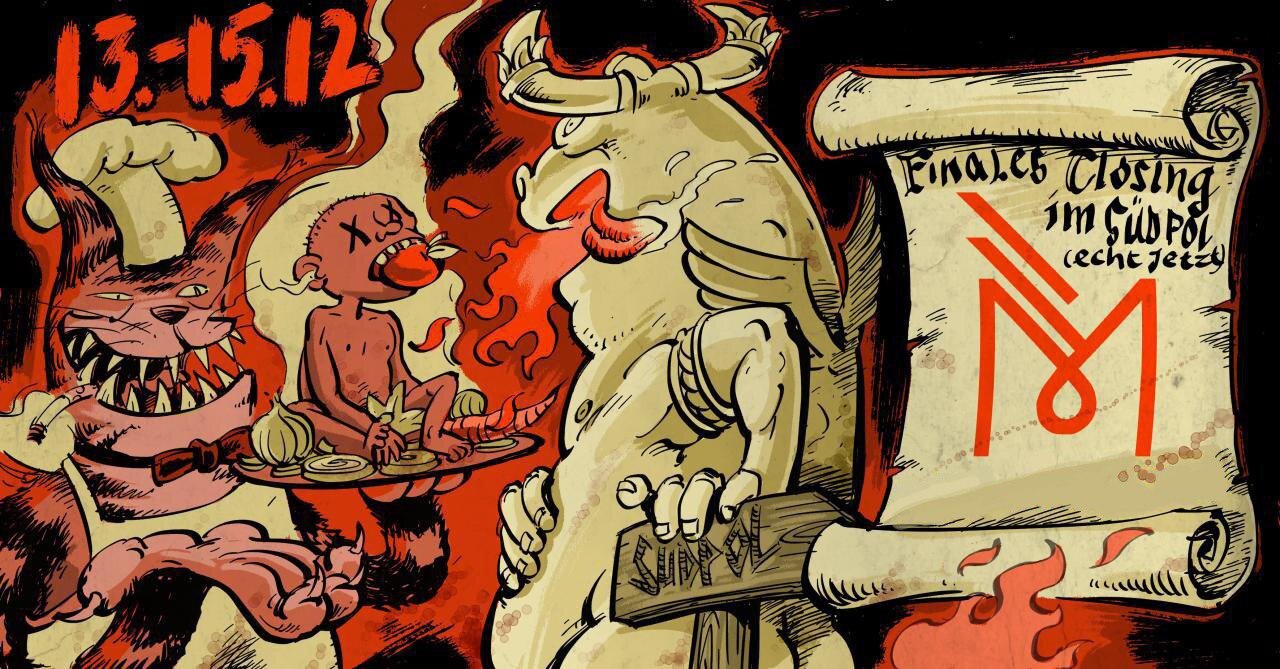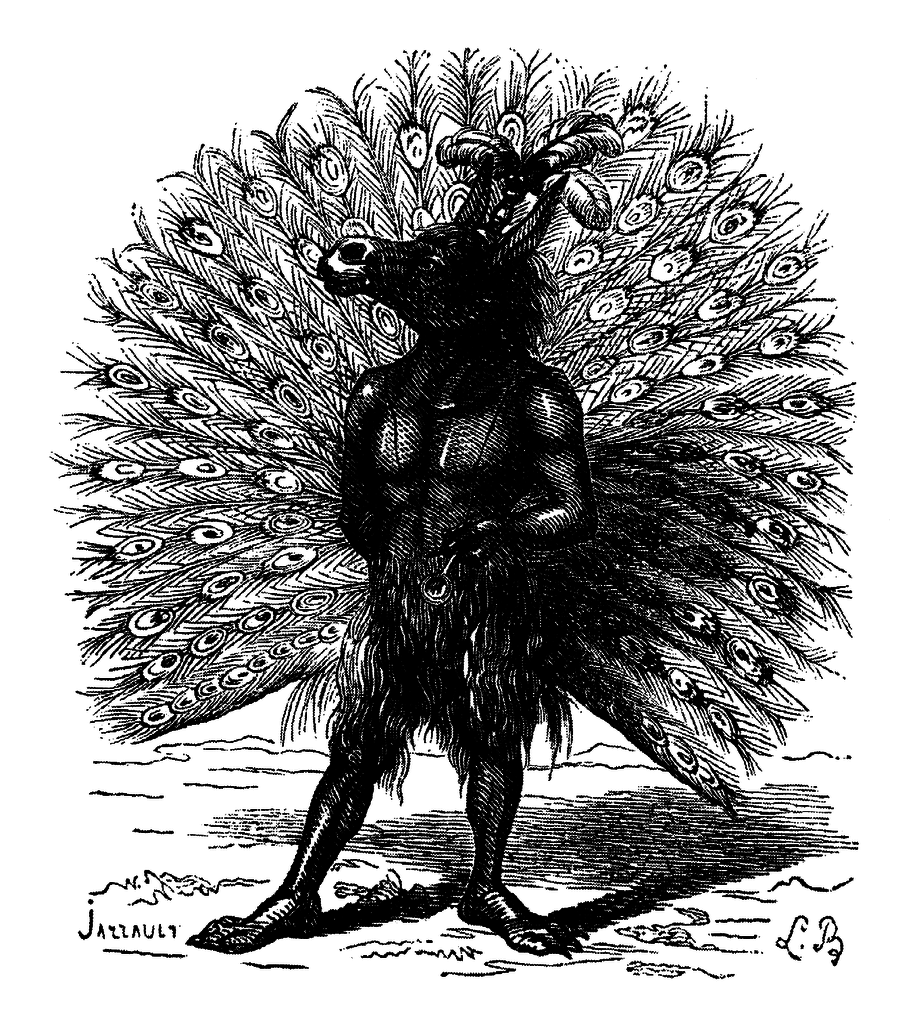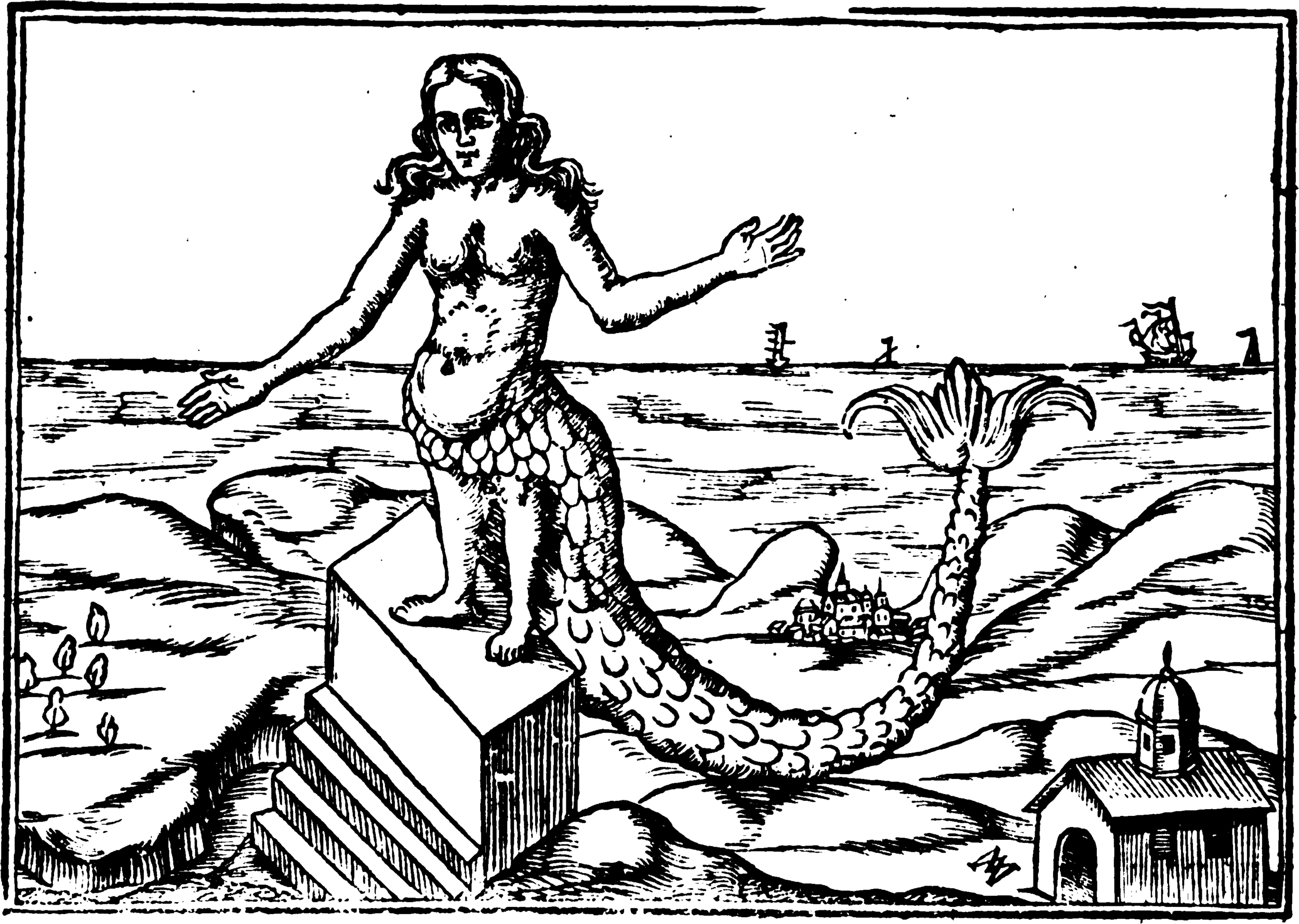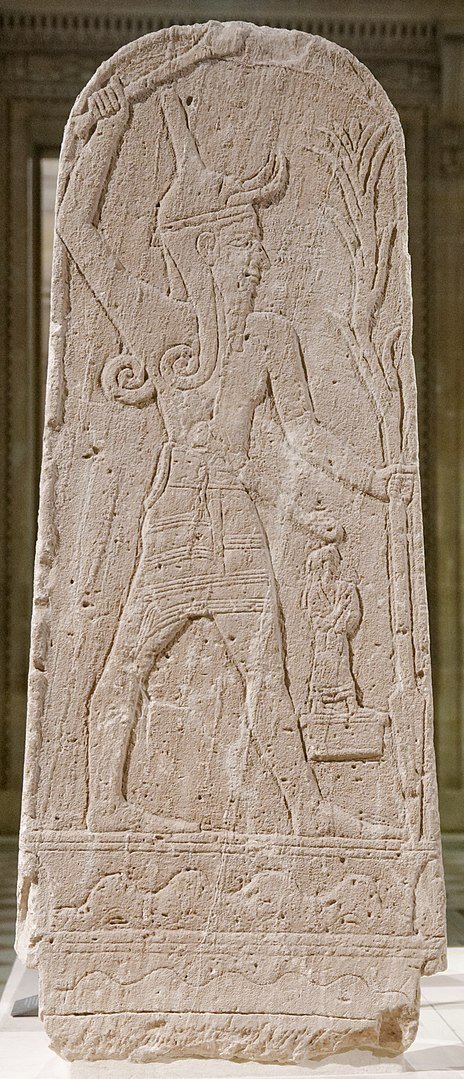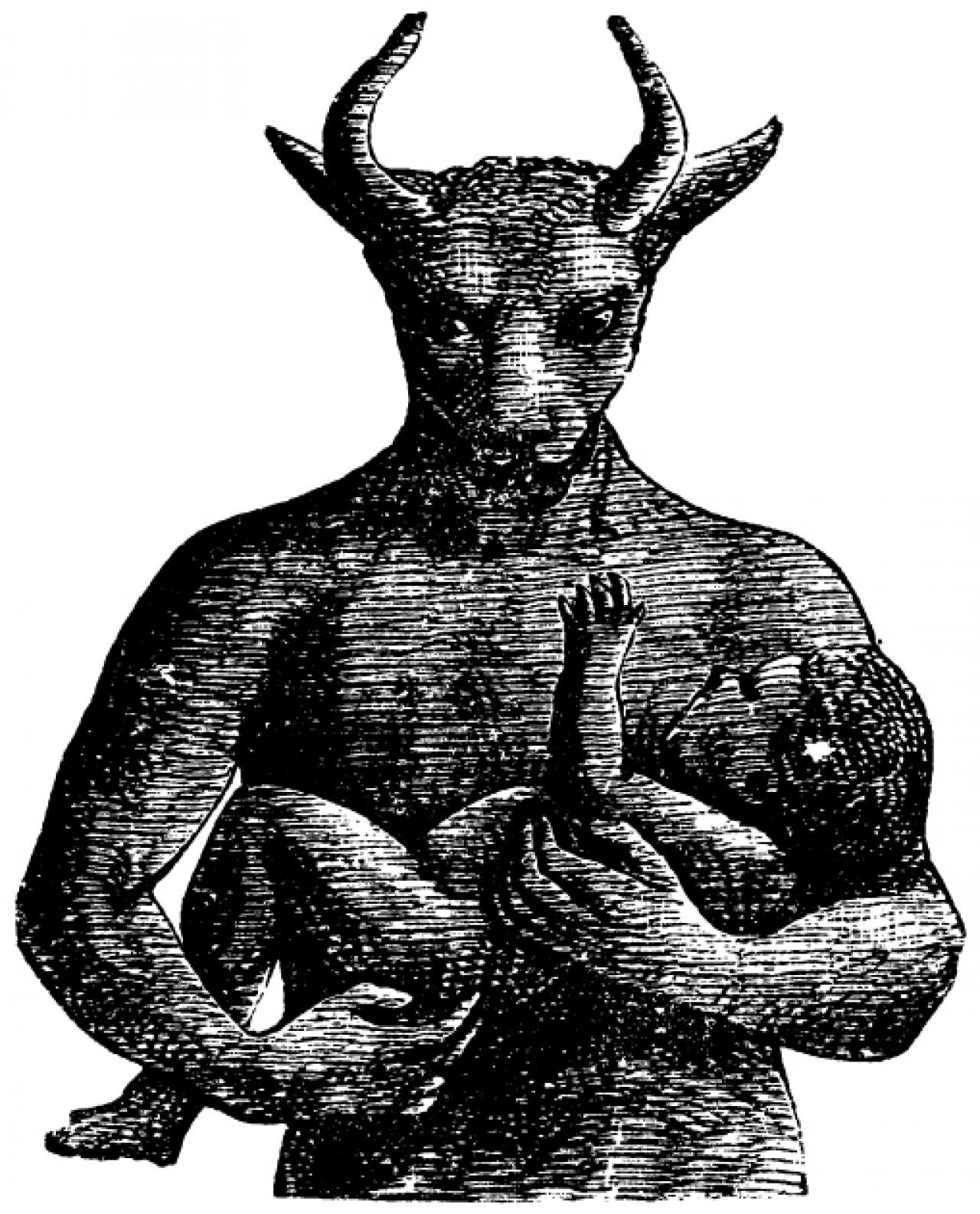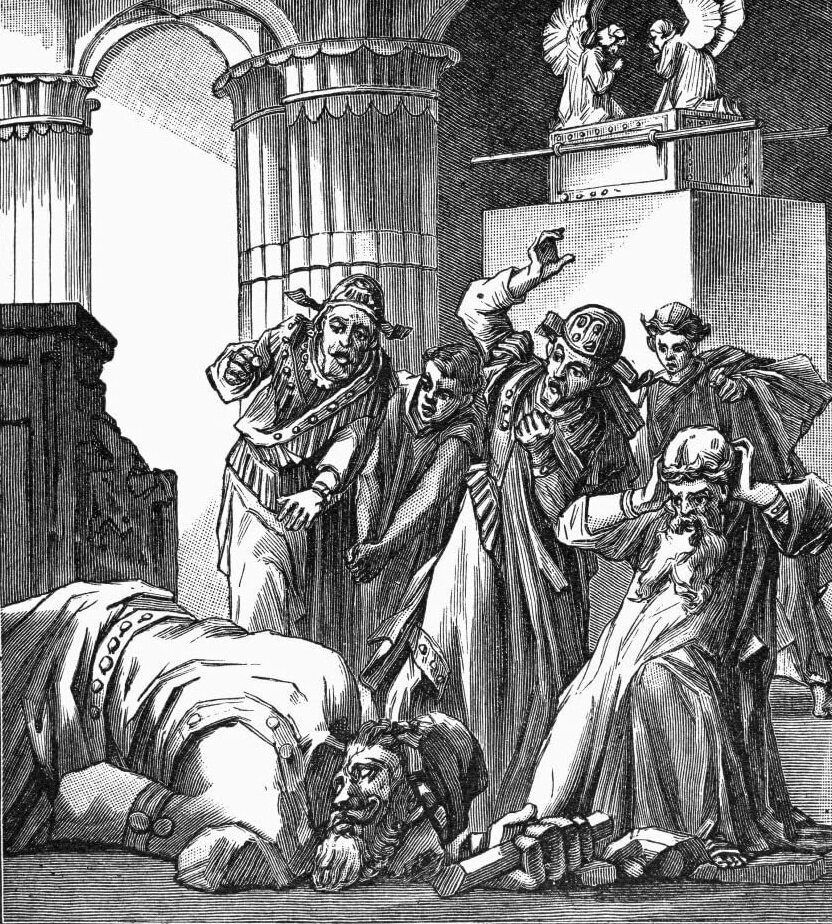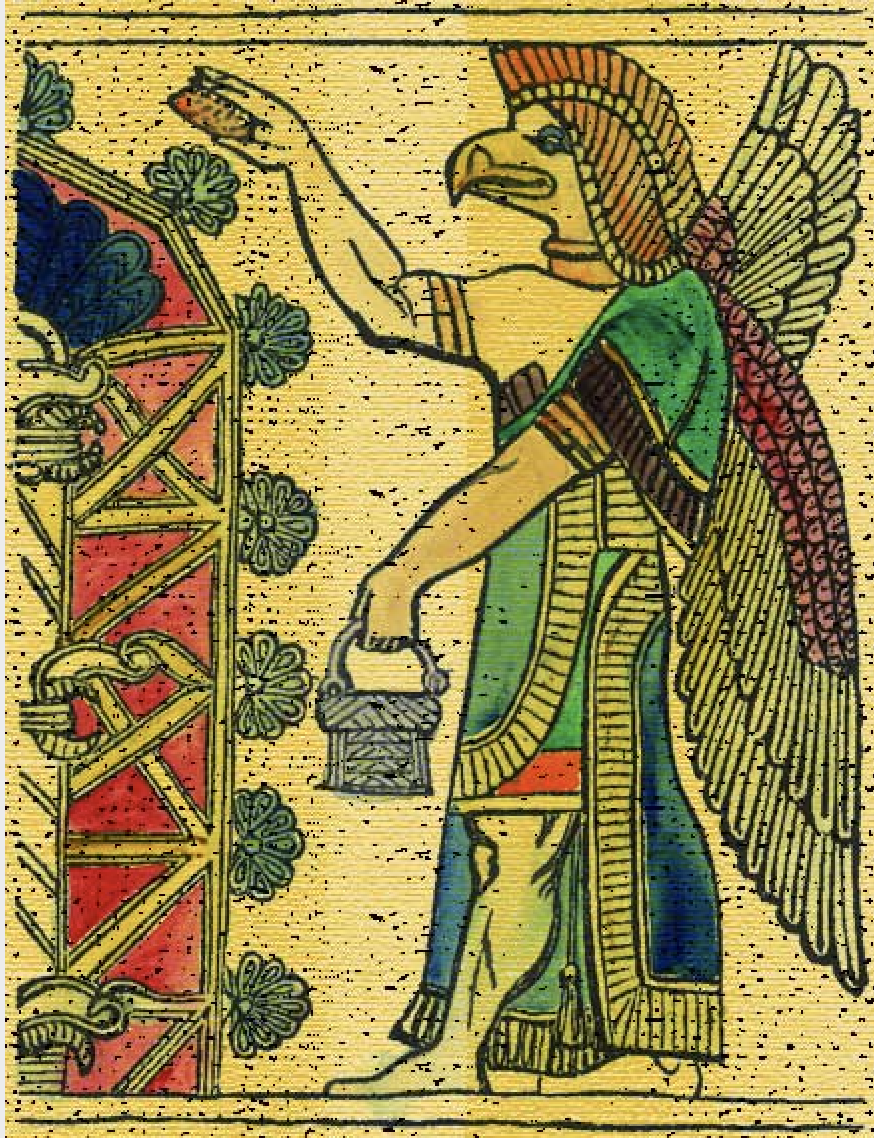Who is Baal? What about Asherah, Dagon, Marduk, Moloch and the other pagan gods of the Bible? And was human sacrifice part of their worship?
Some of these ancient gods, including Molech, who had a built-in baby-burning furnace, are accused of inciting human sacrifice.
My parents were never very religious. But that didn’t stop them from sending me to bible camp in the summer. (It was tons of fun — though we all dreaded the inevitable one-on-one with our counselor, when he’d ask if we had let Jesus into heart. Every year we replied that we thought Jesus was in there but we couldn’t be absolutely sure).
I also went to Catholic school for four years. So, even though I was obsessed with the ancient gods of Greece and Rome, I couldn’t help being influenced by the Bible’s condemnation of the Canaanite deities in the Old Testament. If you asked me about Baal when I was a kid, I’d have told you he was an evil god who was second only to Satan himself.
“The god El could very well have been the original conception of the Hebrew God.
It’s right there in the “el” in the name Israel, which is usually translated as “He Who Struggles With God.””
Imagine my surprise years later, when I learned more about the gods that were so maligned in the Bible. They weren’t always the bloodthirsty incarnations of evil they were depicted as. They were simply the deities worshipped by the kingdoms surrounding Israel and Judah. Baal, for instance, was essentially just another Middle Eastern god of fertility. The Old Testament writers disparaged them because they were rivals to their extremely jealous god, Yahweh. (In fact, when God came up with 10 Commandments for his people to follow, he topped the list with, “Thou shalt have no other gods before me.”)
Here are the major ancient deities of the Levant, and how they’re depicted in the Bible.
Adrammelech
Aka: Adramelech, Adar-malik
Meaning of the name: Majestic King
Domain: The sun, a counterpart to Anammelech, the goddess of the moon
Biblical reference: 2 Kings 17:31: The people of the Assyrian city of Sepharvaim were said to burn their children as sacrifices to the god.
Description: This handsome devil has the face of a mule and the plumage of a peacock. He’s also depicted as having a lion’s body with wings and the bearded head of a man.
Strange story: According to Collin de Plancy, author of the Dictionnaire Infernal, Adrammelech is in charge of Satan’s wardrobe.
Asherah
Aka: Athirat, Ashratu
Meaning of the name: Happy or Upright
Domain: There’s a lot of confusion around this deity. She could be the mother of the gods. In some incarnations, she was a goddess of sexuality or of the mountains. She also could be tied to the sea or the sun.
She might not even be a goddess; asherah seems to refer to cult objects — specifically the consecrated poles used in worship at the time.
Numerous statuettes like this one are tied to the goddess Asherah.
Biblical reference: 1 Kings 18:19: The goddess’ 400 prophets eat at Jezebel’s table, along with the prophets of Baal.
2 Kings 23:4-7: Josiah had “all the articles” made for Asherah and Baal burned, and the “idolatrous priests” were done away with. The Asherah pole was also set on fire and its ashes spread over the graves of the common people. And the quarters where women did weaving for the goddess were torn down.
Description: Often depicted as a stylized tree
Strange story: She’s connected with Yahweh as a consort — meaning that before the Jews were monotheistic, their God had a wife!
Ashtoreth
Aka: Atar-gatis; connected to Ishtar and Astarte
Meaning of the name: Star
Domain: The moon; supreme goddess of Canaan and female counterpart to Baal
Biblical reference: 1 Samuel 12:10: One of many references to people declaring they will no longer worship the Baals and the Ashtoreths. The use of the plural could indicate that these names were used to speak generally about so-called pagan deities.
The goddess in her Atar-gatis guise has legs as well as a long fish tail.
Description: As Atar-gatis, she was a woman with the tail of a fish.
Strange story: As an earlier incarnation, Ishtar, the goddess was worshipped through prostitution. And she eventually morphed into a male demon, Astaroth, a great duke of Hell.
Baal
Aka: Ba’al, Baal of Peor, Baal-Berith, Baal-Zebub
Meaning of the name: Lord
Domain: Fertility, as well as the sun and storms; supreme god of Canaan and Phoenicia
Biblical reference: The Old Testament is lousy with references to Baal. He gave the Golden Calf a run for its money. Some choice selections:
2 Kings 10:18-28: The Israelite King Jehu tricked all the servants and priests of Baal to come to the temple for a great sacrifice, where he had his soldiers massacre every last one of them. To add insult to injury, Jehu then made the house of Baal a public latrine.
Jeremiah 19:5: Baal’s worshippers are said to burn their sons alive as a sacrifice to appease the deity.
1 Kings 18:28: The priests of Baal worked themselves into a frenzy and cut themselves with swords and lances.
You can see how depictions of Baal might have helped influence Christians’ concept of the Devil (aka Beelzebub).
Description: Baal is basically a minotaur — a powerfully built man with the fearsome head of a bull. He’s sometimes shown as a man wearing a toilet-plunger-looking hat over his luxurious curls and holding a lightning bolt in his upraised hand.
Strange story: Baal’s worship included public ritual prostitution between one of his priests and a local woman.
The demon Beelzebub, whom Jesus links to Satan in the Book of Matthew, is a modification of one of Baal’s names.
Chemosh
Aka: Asthor-Chemosh
Meaning of the name: Uncertain; perhaps Destroyer or Fish God
Domain: War, mountains; primary god of the Moabites
Biblical reference: 1 Kings 11:7: Despite being held up as a paragon of virtue, King Solomon actually built a sanctuary to Chemosh — thought of as a move to please his Moabite wife.
2 Kings 3:27: The king of Moab sacrificed his firstborn son and heir to Chemosh on the city wall — and the strategy worked. The Israelites scurried away in defeat.
Description: An old man with a full beard, wearing a bulbous cap and sometimes brandishing a sword
Strange story: There’s rare archeological evidence that calls out Chemosh by name: the Moabite Stone, or Mesha Stele, discovered in 1868 at Dibon. It bears an inscription commemorating the circa 860 BCE endeavors of King Mesha to overthrow the Israelite dominion of Moab.
Dagon
Meaning of the name: Grain
Domain: Fertility, agriculture, war, death and the afterlife; chief god of the Philistines
Biblical reference: 1 Samuel 5: The Philistines captured the Ark of the Covenant and put it in the temple of Dagon. In the morning, the statue had fallen over, face-down, in front of the ark. The next morning, the same thing had happened, and the statue’s head and hands had broken off. The worshippers of Dagon were justifiably freaked out, so they moved the ark from town to town — but everywhere it resided, the people developed tumors. Eventually, the Philistines returned the cursed ark to Israel.
The statue of Dagon kept falling down in front of the stolen Ark of the Covenant.
Description: A merman — half man, half fish, or a bearded man wearing a sort of giant fish cloak, with the open mouth pointing skyward
Strange story: The concept of Dagan’s appearance is fishy, though — some sources think it’s a misrepresentation of the deity.
El
Meaning of the name: God
Domain: Father of the gods
Biblical reference: Genesis 14:18–20: Abraham accepts the blessing of El.
Description: An old man, often with wings; sometimes depicted as a bull
Strange story: In the Bible, El is the supreme god of the Canaanites, yet is identified with Yahweh. In fact, he could very well have been the original conception of the Hebrew God. It’s right there in the “el” in the name Israel, which is usually translated as “He Who Struggles With God.”
If El was the prototype of Yahweh, it explains the connection between his wife, Asherah, and the Hebrew God.
Hadad
Aka: Ramman; often conflated with Baal
Meaning of the name: Thunder
Domain: Storms, fertility
Biblical reference: It’s believed that some of the mentions of lower-case baals (gods) in the Old Testament refer to Hadad — though he also gets jumbled up with numerous other deities of the region.
One theory, which I imagine to be controversial, states that Psalm 29 was actually about Hadad and not Yahweh, waxing poetic about the voice of God striking with flashes of lightning, shaking the desert, twisting oaks and the like.
Description: Another bearded man wielding a lightning bolt
Strange story: Like the Egyptian deity Osiris, Hadad is murdered by a fellow god, and the world goes barren before he is resurrected.
Marduk
Aka: Bel (which means Lord)
Meaning of the name: Bull Calf
Domain: Justice, compassion, healing, magic; sometimes also a storm and agriculture deity; patron god of Babylon
Biblical reference: Jeremiah 50:2: A rallying cry about the fall of Babylon, where Bel is put to shame, and Marduk is dismayed
Description: A man with a curly beard wearing a robe covered with circular devices. He’s got a pet/servant dragon.
Marduk, god of justice, defeats Tiamat, the goddess of chaos.
Strange story: Marduk killed the goddess of chaos, Tiamat (often shown as a griffin-like creature), with an arrow that split her in two. From her eyes, the Tigris and Euphrates Rivers began to flow, and from her corpse, Marduk formed the heavens and earth.
Moloch
Aka: Molech, Molekh, Mo’lech, Moloc
Meaning of the name: King
Domain: Not sure — maybe the underworld; does sacrificing babies count?
Biblical reference: Leviticus 20:2-5: Yahweh demands that the Israelites stone to death any man who “gives his seed” to Moloch, who loved a good child sacrifice.
Description: A calf or an ox; a man with the head of a bull with arms outstretched, its body a furnace to roast infants
Strange story: There’s no real archaeological evidence of a god named Moloch. This most likely wasn’t the name he was known by among his worshipers but rather a Hebrew transliteration. Some scholars think Moloch was actually the same god as Baal.
Nisroch
Aka: Nisrok
Meaning of the name: Possibly relating to a plank of wood, specifically from Noah’s Ark, which Sennacherib, the king of Assyria, worshipped as an idol
Domain: Agriculture
Biblical reference: 2 Kings 19:36-37: Sennacherib was worshipping in the temple to Nisroch, when two of his sons came in and smote the heck outta him with their swords.
King Sennacherib’s sons flee the temple of Nisroch after killing their father.
Description: A muscular man with the head and wings of an eagle (though this is thought by some scholars to originally have been a depiction of a jinni), sometimes shown watering a sacred tree
Strange story: There’s some debate as to whether Nisroch is actually a deity or if it’s a scribal error for the god Nimrod. In later folklore, Nisroch became a demon who’s the chief cook in Hell.
Tammuz
Aka: Dumuzi
Meaning of the name: The Flawless Youth, the Good Young One
Domain: Fertility, shepherds (helping keep newborn animals from being defective)
Biblical reference: Ezekiel 8.14-15: A being of fire (even its loins were aflame) shows the prophet Ezekiel pagan atrocities. At the entrance to the Temple in Jerusalem, Ezekiel sees women weeping for the death of Tammuz, much to his horror. The fire being, though, assures him he’ll see much worse abominations, which is hardly surprising.
Description: A total hottie
Strange story: Tammuz was killed by his lover, Inanna, the goddess of sexuality, because she felt he didn’t mourn her enough when she was lost in the Underworld. Don’t worry: In a foreshadowing of Christ (and in the tradition of Adonis and Osiris), Tammuz was resurrected. –Wally
